Two-part narrative adventure Lost Records: Bloom & Rage begins in the summer of 1995, as friends Autumn, Kat, Nora, and Swann bond, grow closer, and ultimately drift apart due to mysterious events. The “present day” of the games occurs 27 years later, in 2022, when circumstances force the now-adults to reunite after years of no contact.
Lost Records‘ creative team deliberately chose those two years to set their game, inspired by both their real-life childhood and adulthood experiences and many films and TV shows that effectively capture the culture of the 90s in particular. Game Rant recently spoke with Lost Records: Bloom & Rage creative director Michel Koch about these years, this nostalgia, and this reality.
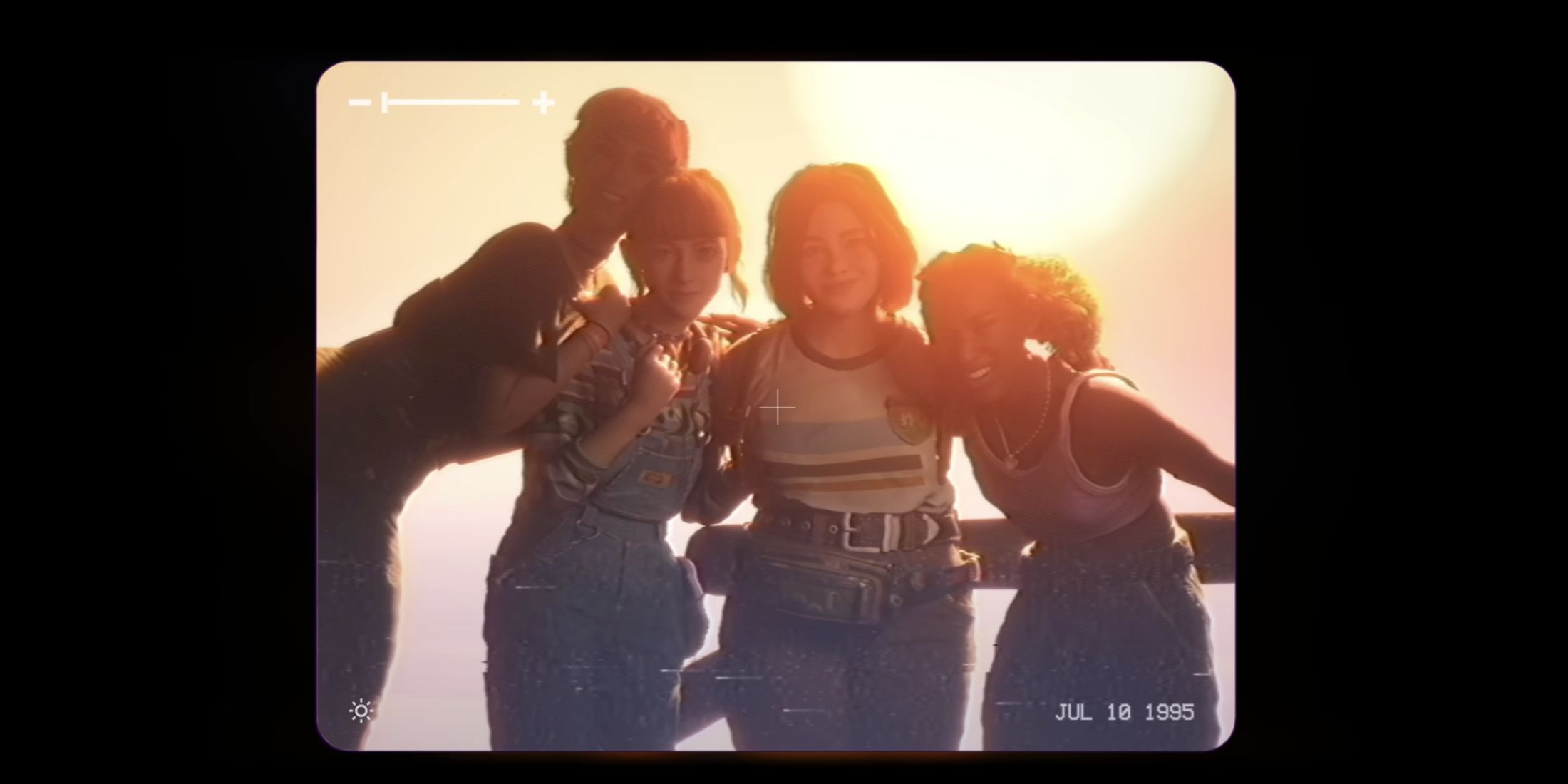
Related
Lost Records: Bloom and Rage Devs Talk the Importance of Diversity In-Game and Out
Lost Records: Bloom and Rage, Don’t Nod’s upcoming narrative adventure, aims to feature real people out of a second nature drive for diversity.
1990s Inspiration: Stephen King, David Lynch, And More
Koch revealed that one of the biggest inspirations behind the game’s dual timelines and 1990s setting was Stephen King’s IT. “The 27-year gap between 1995 and 2022 is a direct homage to IT, as the dual timeline in the book was one of our inspirations for the story structure,” said Koch. Like Lost Records, IT is the story of a group of children who encounter something dangerous – in their case, the titular shapeshifting entity – that fractures their friendship until something – IT’s reappearance – brings them back together.
Another King tale, Stand By Me – a film adapted from his novella The Body – also served as inspiration for Lost Records. Koch explained that the iconic film “captures that bittersweet nostalgia and the formative power of childhood friendships.” Seeking to capture the zeitgeist of the 1990s, the game’s development team watched several films and TV series from that period, including The Craft, Empire Records, My So-Called Life, and Buffy the Vampire Slayer.
In addition, Koch highlighted the work of recently deceased filmmaker David Lynch as a personal inspiration behind much of his work, including Lost Records. He said:
“The piece of art that’s always with me whenever I create anything is Twin Peaks… We lost one of the best artists last month, but his visions, his dreams, and his surrealism will always follow me and will have, hopefully, some humble resonance in Lost Records.”
The Team Drew From Their Own Experiences As Well
When it came to the ‘modern day’ scenes set in 2022, Koch explained that the team drew less from popular culture and more from their own experiences. He highlighted the work of writers Nina Freeman and Desiree Cifre, who were able to bring their personal struggles and triumphs as adult women in the 2020s into Lost Records’ present-day scenes. “Desiree is about the same age as the adults in the game, so she was able to draw on her own memories and knowledge of being a teenage girl in the mid-90s, as well as writing for women in their 40s in 2022.” This was a unique experience for Don’t Nod, which had previously focused on telling teenage stories in the Life is Strange series.
Most of the team, including Koch himself and lead writer Jean-Luc Cano, were able to draw on their own childhoods in the 1990s. Creating the game evoked a sense of nostalgia for Koch that he hopes players of Lost Records: Bloom & Rage will be able to share. “Hopefully, players who experienced the mid 90s will feel a wave of nostalgia, while younger players might be intrigued by a very different way of living and communicating.” Koch did reveal that the team deliberately included specific references to cultural elements they themselves were particularly nostalgic for. For example, players can find a book of Magic Eye puzzles that actually work and a Super Nintendo-inspired cartridge that they can blow into while interacting with.
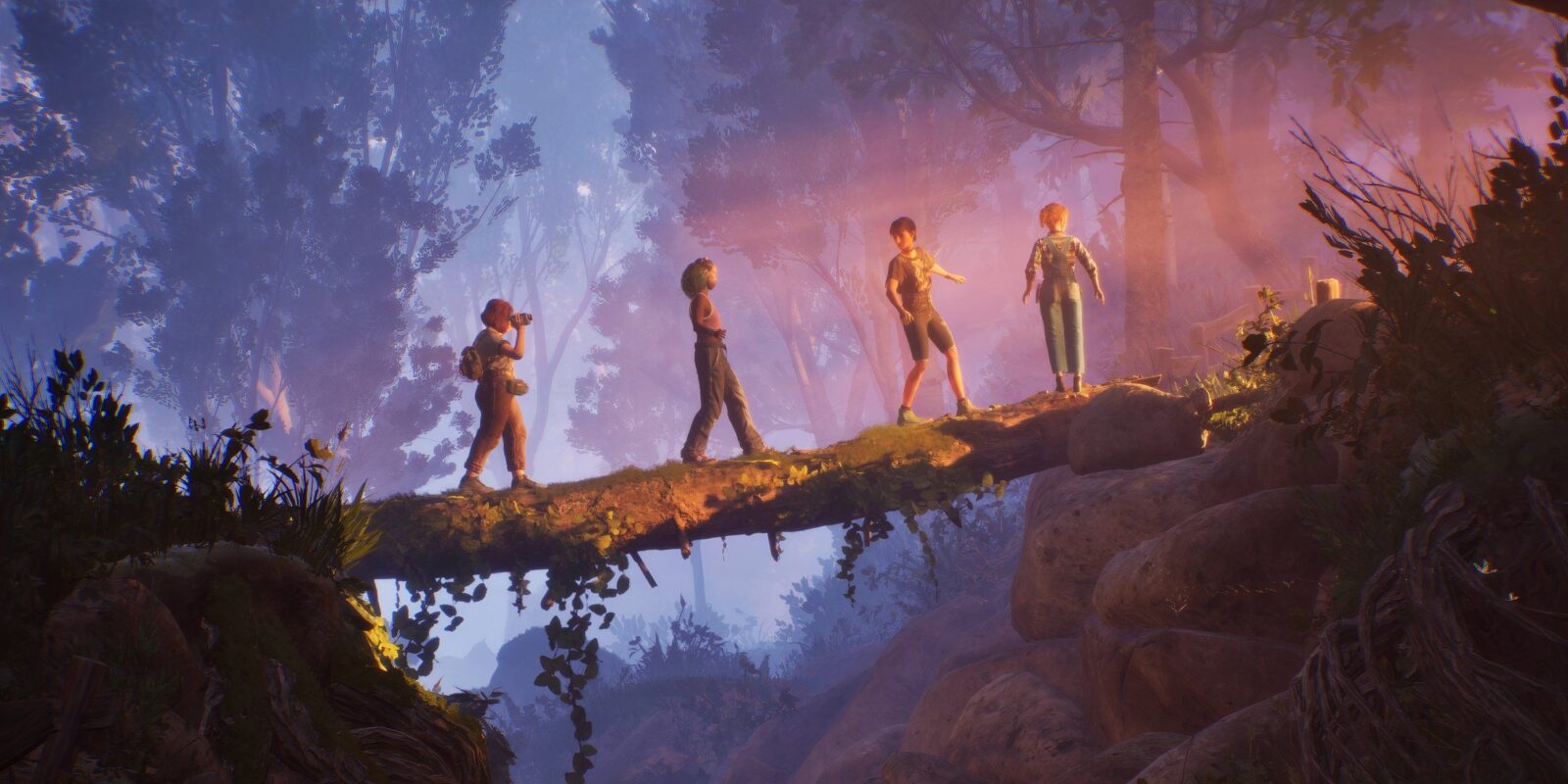
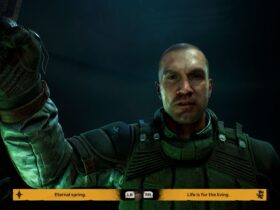
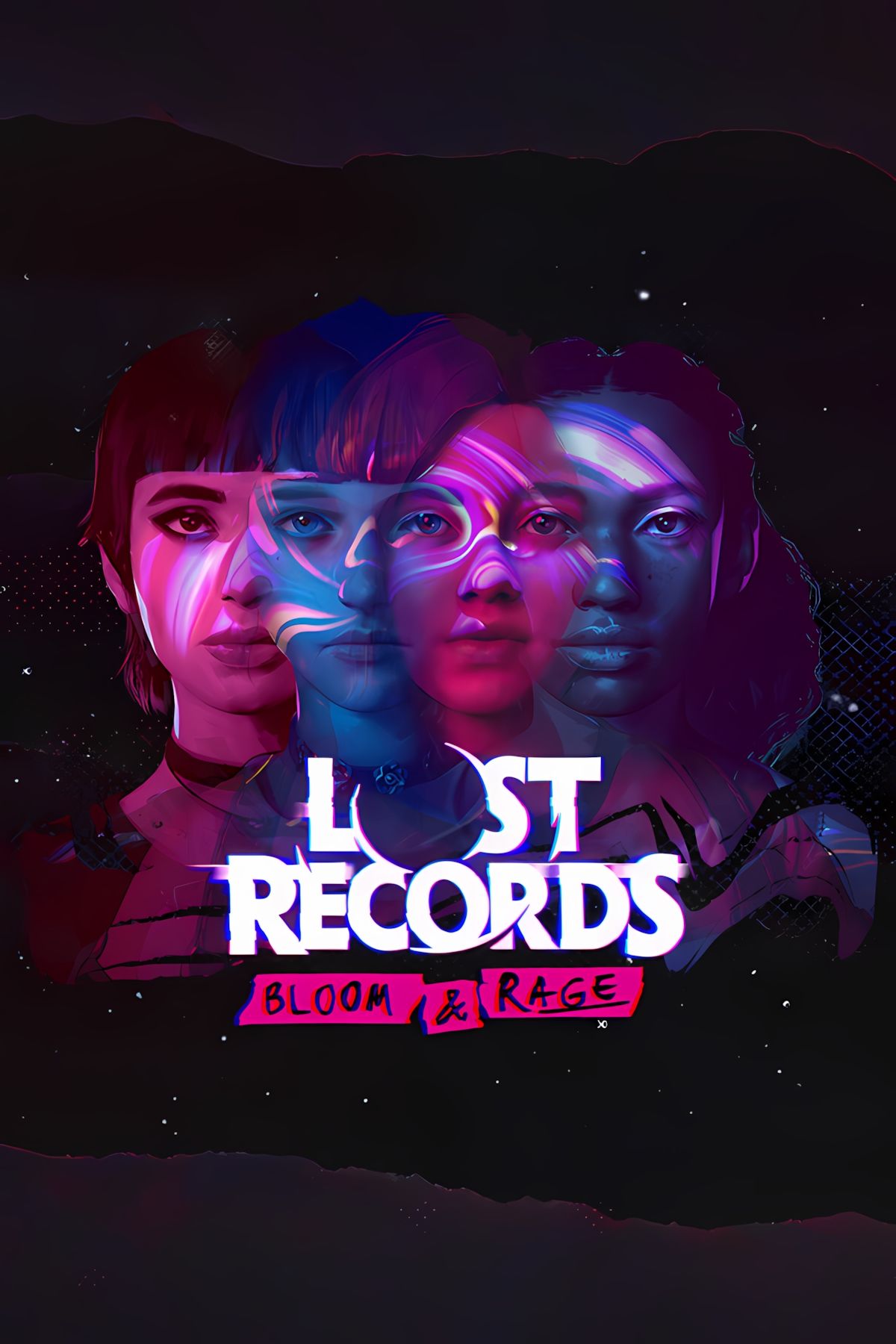




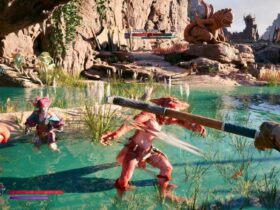
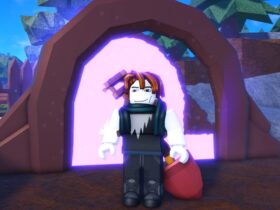
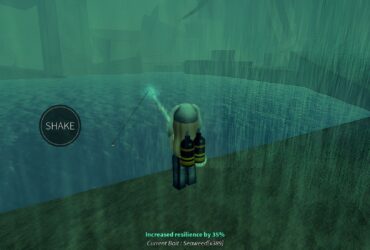
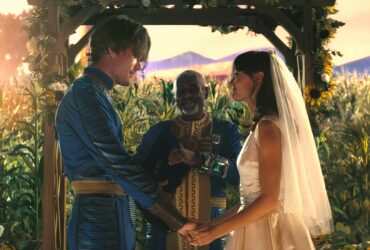

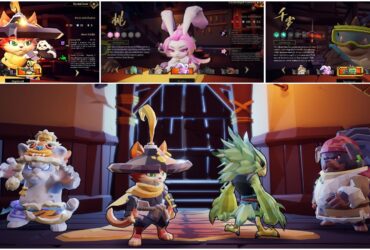
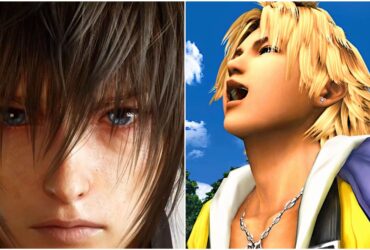
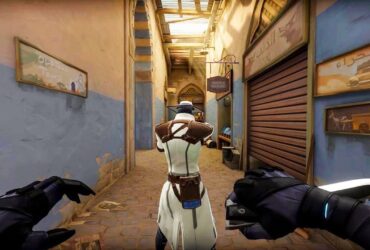
Leave a Reply